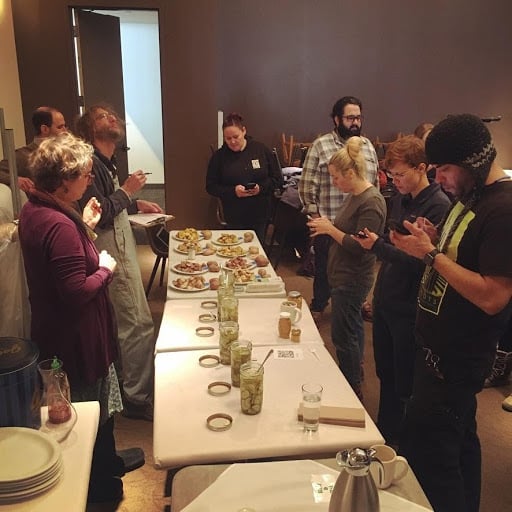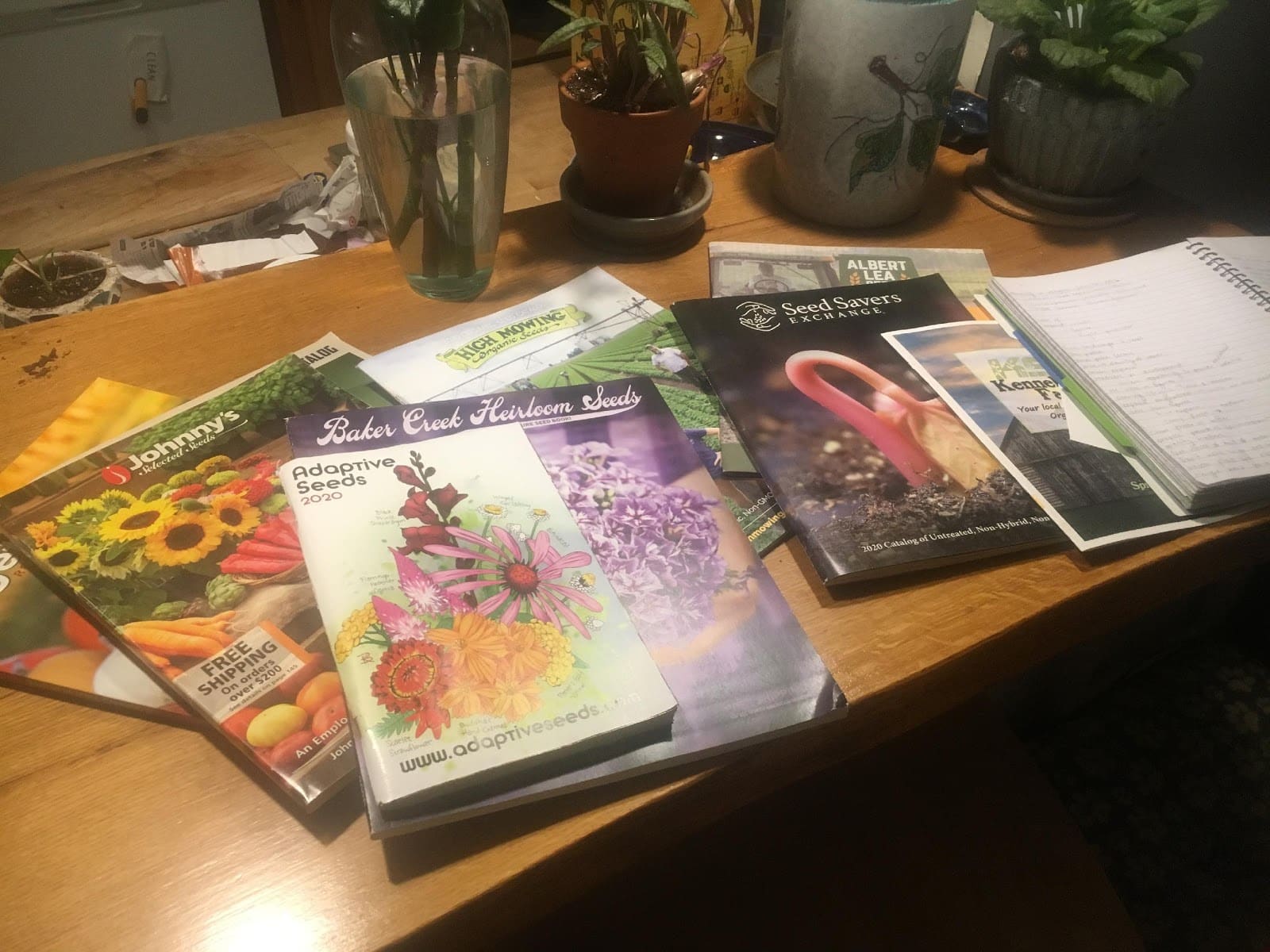
By Dylan Bruce and Jenyne Loarca, Photos by Dylan Bruce | In the depths of winter, there’s a particular joy in flipping through a seed catalog,

dreaming of next year’s gardens and fields, and sunny days outside. Deciding which crops, and which varieties, to grow are among the most critical decisions a farmer or gardener makes every year. And yet, such a critical decision hinges often on limited information: a brief description, sometimes accompanied by a flattering head shot. Add to this the sheer volume of varieties available: to date, there are nearly 5,500 unique varieties of tomato available online — how can you be confident that you’ve chosen wisely? A practical and safe alternative would be to choose a variety with proven performance under your care, and yet this may still entail comparing sources for the same variety to ensure the highest quality seed stock and uniform performance.
The Farmer’s Favorite Gamble: What varieties to grow
Every farm is unique. Everything from the farmer’s management system to the microclimate will have some effect on variety performance. This is why seed catalog descriptions for a variety are about as useful as clothes shopping online: sure, the jeans are the right size and looks great on the model; and that tomato is supposedly disease resistant and productive, but you won’t really know until you try it. Unlike jeans, seeds are not returnable or refundable. Most gardeners and farmers have probably had a variety (or entire crop) fail because of weather, pests, or poorly adapted seed. If this has ever happened to you, then you will understand why that annual decision is so crucial to set the stage for success.
There’s plenty of resources for commodity crop farmers to dig through when searching for the right variety, but not so for specialty crops like vegetables. As a result, both conventional and organic farmers’ seed decisions are based primarily on personal experience and farmer-to-farmer networking.
This poses a unique problem for organic farmers. There are already very few variety trialing programs, and even fewer attempt to evaluate variety performance under organic management practices. This makes the glowing description in a seed catalog even more difficult to interpret. Many commercial varieties are bred, selected, developed, and evaluated under management systems and environments that reflect those of large-scale, high-input farms. This often means environments in California or other major fresh-market production regions. The varieties that perform well are not always resilient in the face of the unique challenges of organic farming.
Breeding for Organic Management, the Midwest Climate, & Flavor
The impetus to try out a new variety is often motivated by emerging pests & diseases, changing weather patterns, or simply the desire for a tomato that tastes real. Secondhand variety recommendations are helpful, but not always sufficient, given how unique two neighboring farms can be. When this happens, the best available option is to turn to the seed catalogs again. The problem with seed catalog descriptors is that they often speak to what’s great about the variety, which doesn’t always help growers anticipate its problems. It may be true that the variety is productive under the company’s testing environments; though which, if any, of those test environments are comparable to the unique conditions of your organic farm in the upper Midwest is up for grabs. Fortunately, if you know where to look, some of that variety trial data can be found, and can take some of the risk out of the decision of what to grow.
The University of Wisconsin–Madison’s Seed to Kitchen Collaborative (SKC), led by Dr. Julie Dawson in the Horticulture Department, is building a program that helps assess varieties for performance under organic management. Unlike a seed catalog, we are making all the data accessible so that growers can make informed choices. Our program has evaluated scores of varieties across more than a dozen crops in the past five years, representing many plant breeders and seed companies, large and small, near and far, but with a focus on traits that make varieties work on organic farms, such as pest and disease resistance, earliness, and flavor. We are proud of our efforts to create context-relevant data: while most programs assess varieties on one or two centralized research stations, we engage stakeholders throughout the seed supply chain.
Building a Collaborative Breeding & Trialing Network
The process starts with Dr. Dawson reaching out to vegetable seed companies and plant breeders for emerging varieties that seem to have promise for organic farms. With a well-known, productive variety to set the bar as an experimental control, we start by trialing these varieties in replicated trials at the West Madison Agricultural Research Station (WMARS). We assess the varieties for field production traits, such as yield, disease resistance, and stress tolerance – traits that are critical to growing a successful crop. We also evaluate flavor and appearance – traits that are critical to our palate and sense of beauty as humans, that will get chefs excited, and that will ensure customers return to a grower for another CSA box or to load up their bike basket at the farmers’ market. As farmers know, it has to look good to get a customer to pick it up off the market stand, but it has to taste good to get them coming back.
If the varieties pass the flavor and production tests at our research station, we take it a step further in the food chain. SKC works with a network of chefs in Madison, Milwaukee, and beyond. The most flavorful varieties are brought to monthly chef tastings, and these professionals of flavor are able to take a deeper look at the culinary traits. Via SKC, they get crucial data back to the plant breeders and seed companies about appearance, flavor, how likely the chefs would be to purchase the particular variety, and how easy they think it would be to prepare.
Varieties that yield well at the research station are sent out to a network of farmers and gardeners, who assess them for some of the same traits we look at on the research station. This network has several dozen farmers and a few hundred gardeners, and each trial some of the crops and varieties from the research station trials. This end-user generated data from chefs and farmers gets back to the seed companies and plant breeders. We are one of a few programs nationally creating a novel feedback loop to ensure that the varieties being marketed to growers and consumers reflect what they value.
Next week, we’ll publish part two: The Case of the Wisconsin Lakes Pepper
See trial results from past years and sign up to participate next year at SeedToKitchen.horticulture.wisc.edu.
Visit SeedLinked.com and be a part of assessing local adaptation in your garden.
